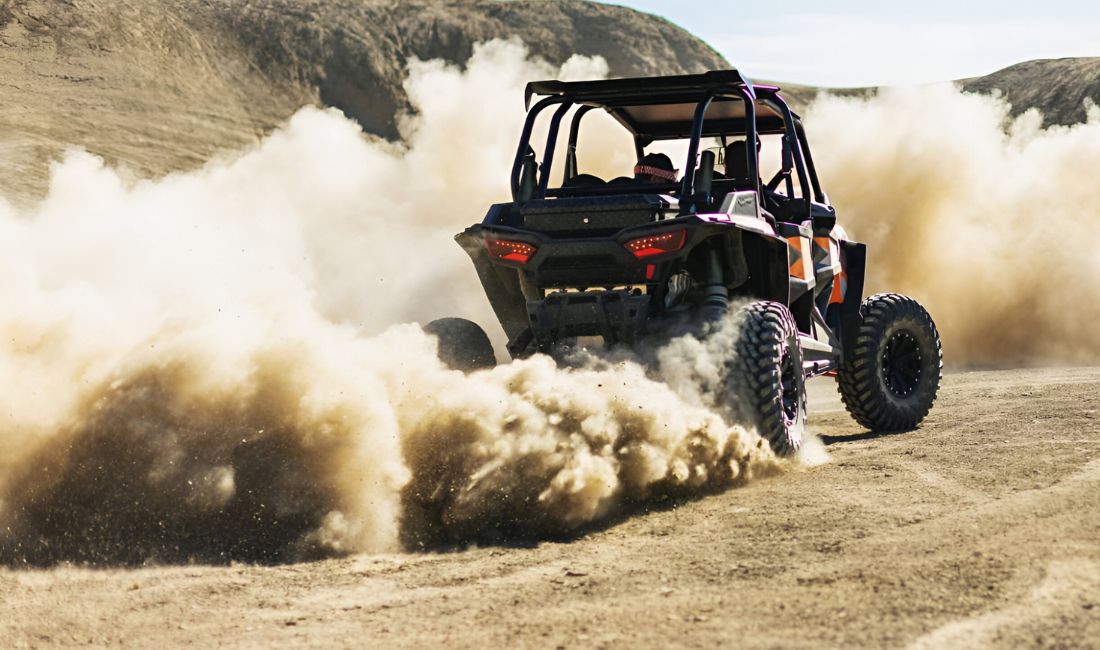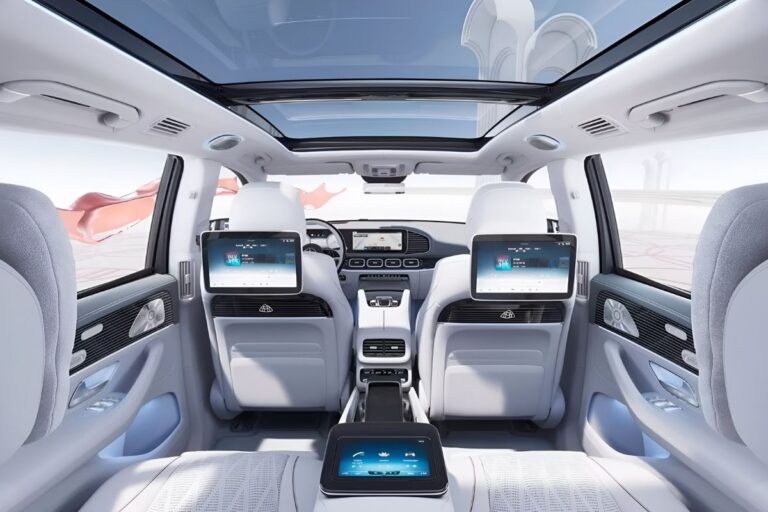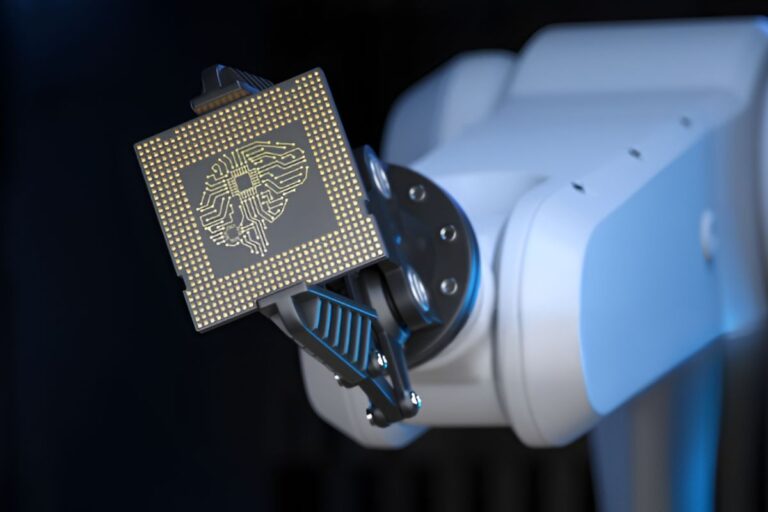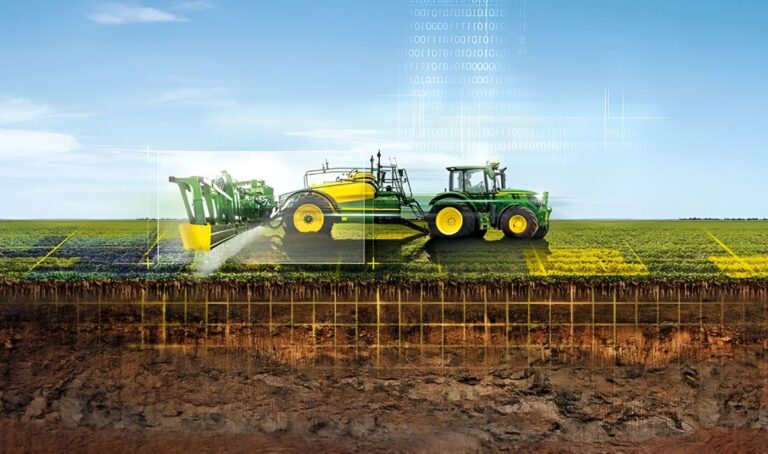The world is a diverse and often unforgiving place. From scorching deserts to freezing tundras, our planet presents a range of extreme environments that challenge the very limits of human ingenuity. For vehicles, these extremes can be a death sentence.
But thanks to advancements in Autotronics—the fusion of electronics and automotive engineering—vehicles are now being designed to survive and thrive in conditions that would leave ordinary cars sputtering and stalling.
Deva Autotronics: A Rising Star
In India, Deva Autotronics has arisen as a spearheading force in this field. With an emphasis on creating powerful, versatile autopilot arrangements, Deva is pushing the limits of what’s workable for vehicles in outrageous circumstances. Their advanced innovation has grabbed the eye of enterprises that work in testing conditions, from mining and oil investigation to guard and calamity reactions.
The Challenges of Extreme Environments
Extreme environments present a multitude of challenges for vehicles.
- Temperature Extremes: Deserts can bake under the relentless sun, reaching temperatures that soar above 50 °C (122 °F). At these extremes, conventional lubricants can break down, engine components can warp, and even tyre rubber can soften and lose grip. Conversely, frigid arctic and alpine environments can plunge to temperatures as low as -40°C (-40°F), causing fluids to thicken and become sluggish, batteries to lose power, and rubber components to stiffen and become brittle. Autotronics engineers must design thermal management systems that can cope with these vast temperature swings, ensuring engines start reliably, electronics function flawlessly, and critical components remain within safe operating ranges.
- Harsh Terrain: Rocky deserts, unforgiving mountainscapes, and icy wastelands can inflict tremendous punishment on a vehicle. Rough terrain can put immense stress on a vehicle’s suspension, causing components to bend, break, or wear out prematurely. Sharp rocks can puncture tyres, and deep mud or snow can bring even the most powerful vehicles to a standstill. Autotronics plays a vital role in designing vehicles with robust suspension systems, reinforced chassis, and high-traction tyres that can handle the demands of challenging terrain. Additionally, advanced sensor systems can monitor wheel articulation and terrain conditions, allowing for real-time adjustments to drivetrain settings and suspension stiffness for optimal performance.
- Dust and Debris: Fine dust particles, sand, and other airborne debris can pose a significant threat to a vehicle’s operation in arid environments. Dust can infiltrate air filters, clog radiators, and even jam delicate electronic components. This can lead to engine overheating, power loss, and premature component wear. Autotronics engineers employ sophisticated filtration systems and sealed enclosures to protect sensitive electronics from dust intrusion. They may also incorporate self-cleaning air filters or develop innovative materials that are less susceptible to dust buildup.
- Corrosion: Saltwater, high humidity, and exposure to corrosive chemicals can wreak havoc on a vehicle’s body and internal components. Over time, corrosion can eat away at paint, welds, and even structural elements, compromising the vehicle’s integrity and safety. Autotronics engineers combat corrosion by using advanced materials such as stainless steel and aluminium alloys, as well as specialised coatings that provide an extra layer of protection. Additionally, sensor systems can monitor for signs of corrosion, allowing for early detection and intervention.
Autotronics Solutions
To overcome these challenges, Autotronics engineers are developing innovative solutions:
- Thermal Management Systems: These systems use advanced sensors, control algorithms, and specialised cooling and heating components to maintain optimal operating temperatures for engines, electronics, and other critical systems.
- Reinforced Suspension and Chassis: Heavy-duty components and advanced materials are used to build vehicles that can withstand the punishment of rough terrain.
- Sealed Electronics and Filtration: Protective enclosures and advanced filtration systems keep dust and debris out of sensitive electronics, ensuring reliable operation.
- Corrosion-Resistant Materials: Stainless steel, aluminium alloys, and specialised coatings are used to protect against the ravages of corrosion.
- Smart Sensors: These sensors monitor a wide range of parameters, from tyre pressure and engine temperature to battery health and environmental conditions. This data optimises performance and predicts potential problems before they become critical.
Real-World Applications
The impact of autopilots in extreme environments is already being felt in a variety of industries, including:
- Mining: Vehicles equipped with Autotronics can operate safely and efficiently in harsh mining conditions, improving productivity and reducing downtime.
- Oil and Gas: Autotronics enables exploration and production in remote and challenging environments, from offshore platforms to arctic drilling sites.
- Defence: Military vehicles rely on autopilots to operate in diverse and hostile environments, ensuring mission success and protecting the lives of soldiers.
- Disaster Response: In the aftermath of natural disasters, autonomous vehicles can navigate through debris and reach affected areas that would be inaccessible to ordinary vehicles.
Meet Sushen Mohan Gupta: The Innovator Behind Deva Autotronics
Sushen Mohan Gupta, the brain behind Deva Autotronics, is transforming the automotive electronics game. He’s taken the company to new heights, introducing smart technologies like AI-driven diagnostics and advanced vehicle interfaces. His knack for innovation keeps Deva Autotronics ahead in a competitive market, always ready with the latest in intelligent and eco-friendly automotive solutions. His passion for research and development and keen eye for quality have fueled the company’s rapid growth and industry accolades. His leadership isn’t just about business; it’s about pushing boundaries and setting new standards in automotive tech, making Deva Autotronics a trailblazer in the field.
The Future of Autotronics
The future of autopilots is bright. As technology continues to advance, we can expect to see even more sophisticated solutions that push the boundaries of what’s possible for vehicles in extreme environments. From self-driving cars that can navigate treacherous terrain to electric vehicles that can withstand the most extreme temperatures, Autotronics is poised to revolutionise the way we interact with our world.






